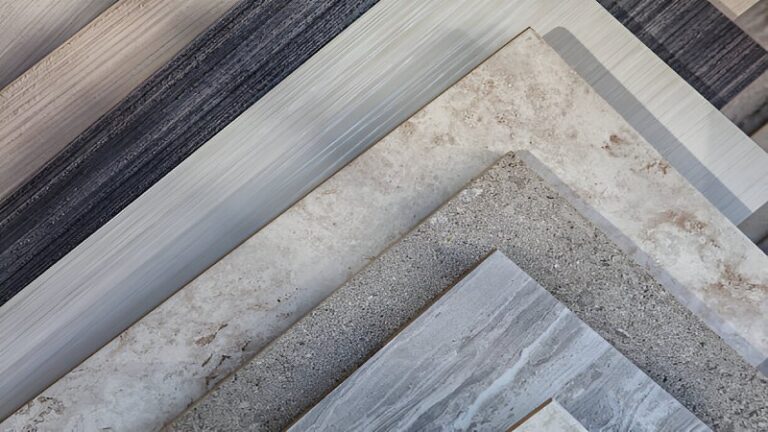The world of ceramics is undergoing a quiet revolution, and at the forefront is Sodiceram — a cutting-edge material that blends traditional craftsmanship with advanced science. This new class of ceramics, enhanced with sodium-based compounds, is redefining how industries think about durability, sustainability, and design.
What is Sodiceram?
Sodiceram is not your typical ceramic. By integrating sodium compounds into high-performance ceramic matrices, it achieves superior thermal resistance, mechanical strength, and chemical durability that surpass conventional ceramics. This innovation bridges the gap between fragile traditional ceramics and the robust demands of modern engineering applications, ranging from aerospace to interior design.
Key Characteristics of Sodiceram
- Exceptional Thermal Stability: Withstands temperatures beyond 1400°C without degradation.
- Enhanced Mechanical Strength: Resists fractures under high stress and wear.
- Chemical Resistance: Suitable for harsh environments including chemical reactors.
- Lightweight yet Dense: Optimizes weight without sacrificing durability.
- Eco-friendly Production: Reduced energy consumption and recyclability.
A Comparison with Traditional Ceramics
| Feature | Traditional Ceramics | Sodiceram |
|---|---|---|
| Thermal Resistance | Up to 1000°C | Exceeds 1400°C |
| Mechanical Strength | Moderate; prone to cracks | High; crack-resistant |
| Chemical Durability | Limited in acidic/basic environments | Highly resistant |
| Weight | Heavier, less dense | Lightweight, dense microstructure |
| Sustainability | Traditional manufacturing waste | Eco-conscious, recyclable |
Applications of Sodiceram
One of Sodiceram’s greatest strengths is its versatility across industries. Below are some key sectors where Sodiceram is making significant impacts:
1. Aerospace and Defense
The extreme thermal and mechanical demands of aerospace components make Sodiceram an ideal material for thermal shields, turbine blades, and ballistic armor. Its lightweight nature helps reduce fuel consumption while maintaining safety standards.
2. Medical Technology
Biocompatibility and chemical inertness allow Sodiceram to be used in dental implants, surgical instruments, and prosthetics, improving patient outcomes with durable, safe materials.
3. Electronics and Energy
Thanks to its enhanced conductivity from sodium ions and thermal stability, Sodiceram is pivotal in semiconductor substrates, fuel cells, and heat exchangers, enabling devices that perform reliably under stress.
4. Interior Design and Construction
Sodiceram tiles and sanitary ware offer designers a blend of aesthetic appeal and performance. Its resistance to stains, moisture, and wear makes it perfect for both residential and commercial projects.
Manufacturing Sodiceram: The Science Behind the Strength
The production process of Sodiceram involves several advanced steps that ensure consistency and quality:
- Raw Material Preparation: Sodium compounds are combined with zirconia, alumina, or silicon carbide to form the base mix.
- Precision Sintering: High-temperature sintering reduces porosity and strengthens grain boundaries.
- Molecular Engineering: Sodium ions are embedded to improve conductivity and chemical resistance.
- Surface Treatment: Coatings are applied for additional corrosion resistance and aesthetic finishes.
Environmental Impact and Sustainability of Sodiceram
In an era where sustainability is paramount, Sodiceram offers tangible environmental benefits:
- Energy Efficiency: Sodium-based compounds lower melting points, reducing kiln energy consumption.
- Durability: Longer product lifespan decreases waste and frequency of replacement.
- Recyclability: Sodiceram products can be recycled into raw materials for new ceramics, closing the loop.
These factors contribute to Sodiceram’s alignment with global green manufacturing goals and circular economy principles.
Challenges Facing Sodiceram and Future Outlook
Despite its many advantages, Sodiceram’s journey is not without obstacles:
- Production Costs: High-tech processes and raw materials increase manufacturing expenses.
- Scaling Manufacturing: Maintaining quality at large scales remains challenging.
- Industry Standards: Uniform certification and testing protocols are still evolving.
Conclusion
Sodiceram represents a convergence of material science, environmental stewardship, and design innovation. By surpassing the limitations of traditional ceramics, it unlocks new possibilities across industries while addressing urgent sustainability concerns.
As Sodiceram technology matures, it is set to become a foundational material in next-generation products, offering manufacturers a competitive edge and consumers superior performance.
Frequently Asked Questions (FAQs)
What makes Sodiceram different from traditional ceramics?
Sodiceram incorporates sodium-based compounds that enhance thermal resistance, mechanical strength, and chemical durability beyond conventional ceramics.
In which industries is Sodiceram most commonly used?
Sodiceram is widely used in aerospace, medical technology, electronics, construction, and interior design due to its versatile properties.
Is Sodiceram environmentally friendly?
Yes, Sodiceram offers sustainability advantages like energy-efficient production, long-lasting durability, and recyclability.
Are Sodiceram products more expensive than traditional ceramics?
Currently, production costs are higher due to advanced processes, but economies of scale and research may reduce prices in the future.
Can Sodiceram be customized for specific applications?
Absolutely. Manufacturers can adjust formulations and processing techniques to tailor Sodiceram properties to various needs.
Looking for well-researched content and timely updates? Keep visiting VIPLeague.

